Northern England has some of the most astonishing and significant historic sites in all the UK. They span from the popular cities such as York, Manchester and Newcastle, to remote places including Hadrian’s Wall and the Holy Island. Keep reading to see where to go, what to see and just the beginning of the historical intrigue behind these places.
York
Not only one of the oldest cities in England but one of its first settlements, the beginnings of York dates back to between 8000 and 7000 BC. From early settlers to Roman towns, Vikings, Angles, Normans all the way to today, York is steeped in ancient and modern history. Even today you can walk through medieval streets, see remnants of early settlers in surrounding conservation areas and admire its Georgian architecture.
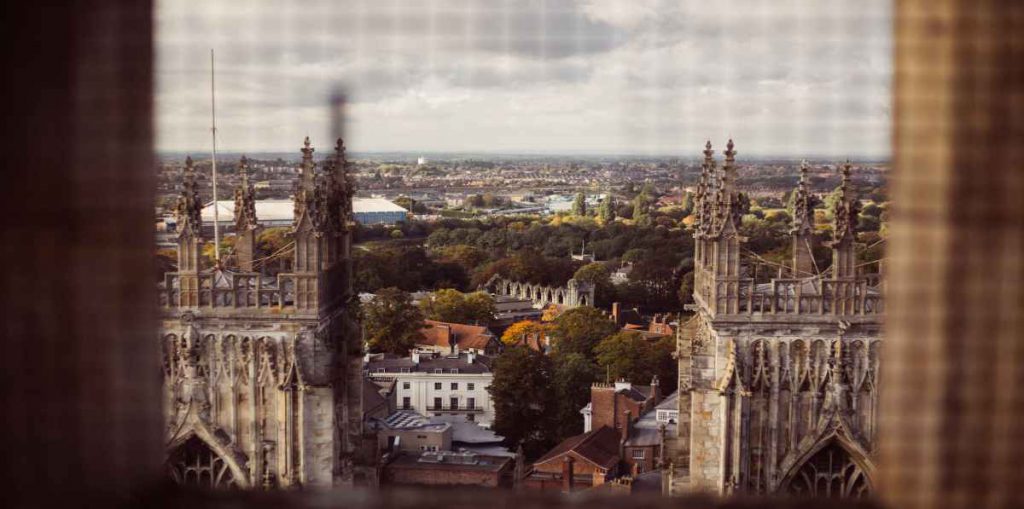
There are so many sites to see in York you may need a few days to see most of them. Many come every year to walk down ‘The Shambles’, a beautiful medieval street filled with artisan shops. One of the largest gothic structures in North England is York Minster, an impressive feat of engineering whose beginnings date back to 741.
On a clear day you can walk around the still standing city walls, built and rebuilt since the Roman times, and take in a walking tour to find out more about this fascinating place. Of course, most history lovers come to see its most famous fortification – York Castle. Nearby is the York Castle museum, where you will not only learn about the city’s medieval age but explore York throughout the ages with interactive exhibits.
Durham
Now a prominent university town Durham was founded by monks in the Dark Ages. It has a brutal medieval history being a setting for a historic rebellion after the invasion and occupation of William the Conquerer in 1069. Hence, Durham Castle was built as a way to control the people and protect Northern England interests.
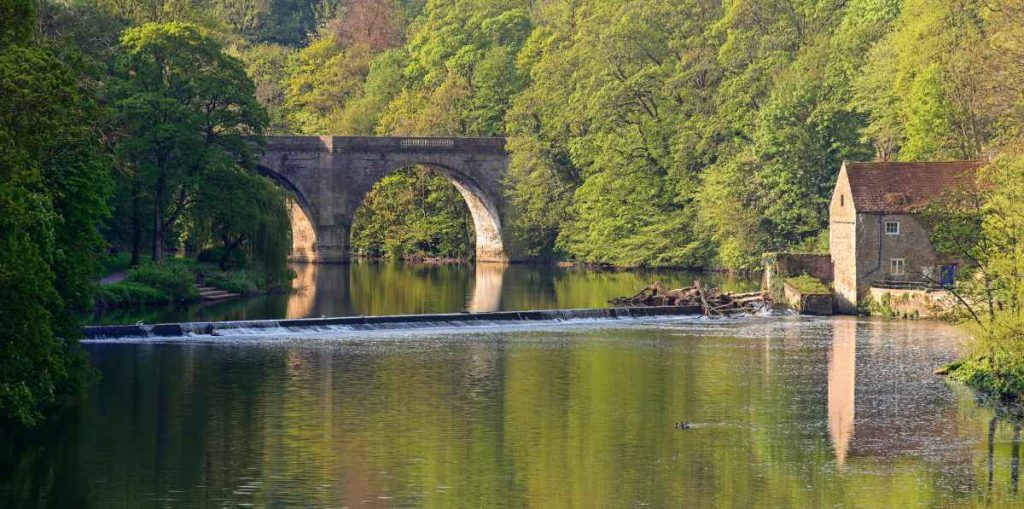
In the Middle Ages it fell under sweeping religious persecution by Henry VIII and his reformation of the church. Thankfully one such institution that remained was its grammar school instrumental in the rebuilding of the shrine of St Cuthbert – a symbol of Durham’s beginnings and still available to see in Durham Cathedral.
Surviving civil war and even the plague Durham would eventually prosper throughout the 18th and 19th centuries developing more prestigious schools, textile factories, and railways. The university also expanded in the 20th Century with botanical gardens and science buildings, houses redeveloped and Durham Castle and its Cathedral became a world heritage site.
The Holy Island
This is an incredible and holy site in northern England, situated in Northumbria near the border of Scotland. This small island is cut off by tides for parts of the day and any trip must be planned accordingly. Lindisfarne or ‘The Holy Island’ was founded by St. Aidan in 635 when he started a monastery there.
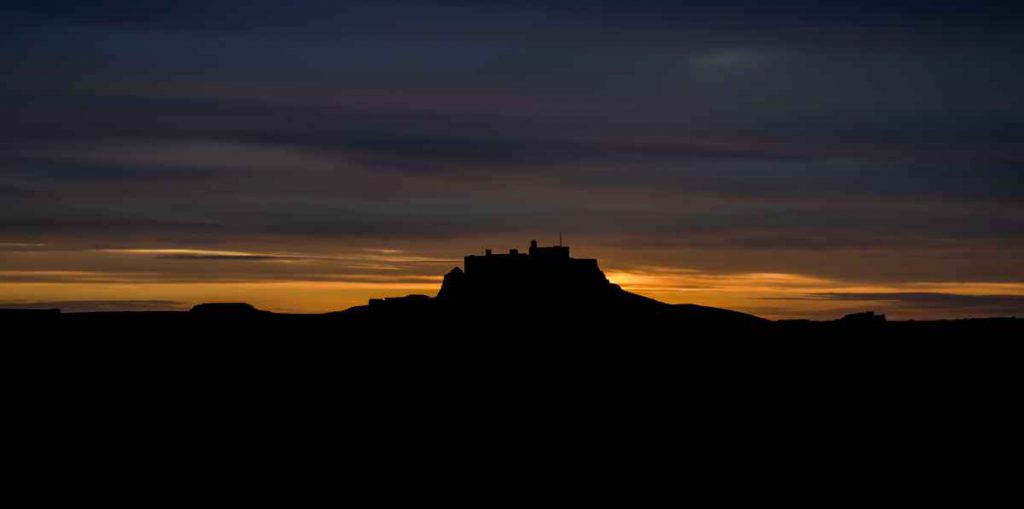
From the end of the 8th Century Vikings would use the island as a resting point before reaching the mainland. Eventually, their raids would cause the island and its monastery to be abandoned for 400 years. It also suffered later in the ages with the dissolution of the monasteries under Henry VIII. Regardless, its ruins remain and today it is still a place of extreme cultural and historic significance drawing visitors and even pilgrims from all over the world.
Today the island has a vibrant community with artisan shops, a busy harbour, restaurants and charming pubs. Besides seeing the ruins and its artefacts many also enjoy the golf course, fishing and the unique wildlife. If you are able to make the journey you will not be disappointed and can even take tours of Anglo Saxon Sites.
Hadrian’s Wall and Carlisle
This ancient wall built by the Romans is of huge significance drawing thousands of visitors each year. Emperor Hadrian ordered it built in AD 122 after visiting Britain, which was then Roman territory. It spanned 73 miles across northern England from Wallsend on the River Tyne (east) to Bowness-on-Solway (west).
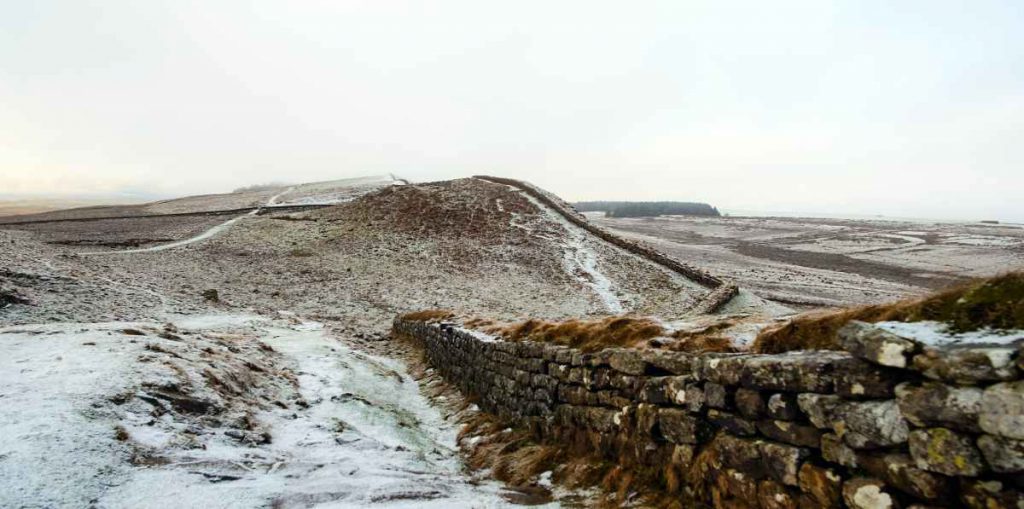
Being so long you will need to decide which sections interest you the most. There are remains of housesteads, a well intact turret, as well as the series of forts and gates that were later implemented. Some of the most significant areas to see such sites are Cawfields, which contain the remnants of housesteads, and Steel Rigg, where the car park is a 6-mile walk from a fort.
Nearby Hadrian’s Wall is the ancient city of Carlisle. While visiting be sure to see some of the oldest sites such as Carlisle Cathedral and the Birdoswald Roman Fort, but also take in the railway. The Settle-Carlisle Railway holds old sprinter trains that still function to take visitors and locals to stunning, and rather remote, stations tucked away in North England.
Newcastle Upon Tyne
There are a host of activities in Newcastle Upon Tyne. If you’re in Newcastle be sure to see Victoria Tunnel, an old mining tunnel built in the 1800s that now operates as a museum and Heritage site. Not only will you learn about Victorian times and some spooky tales, you will also learn about the WW2 air raid sheltering that took place, and at one point even walk underneath Hadrian’s Wall!
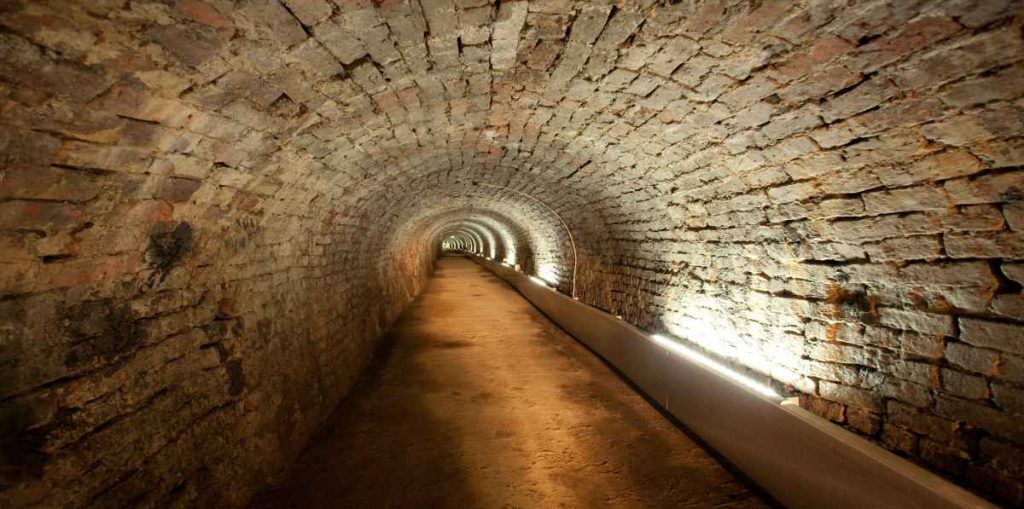
Of course as an iconic northern city there are incredible things to stumble upon including Northumbria University campus with its 18th Century designed Sutherland Building. You can also walk to St James Park, the world renowned football stadium in the centre of the city.
It’s also worth visiting the contemporary art museum The Biscuit Factory, built in an old Victorian Warehouse. You can find The Biscuit Factory in Ouseburn, a trendy neighbourhood filled with craft shops, incredible pubs, all situated in the charming old buildings by the River Tyne. It’s a great area where the modern vibrancy of the city meets its historic architecture.
Manchester
Finally, but no less important, is the city of Manchester. This was the birthplace of the UK’s Industrial Revolution and holds many attractions and incredible architecture. While many of its visitors come for its nightlife and football once here you can’t help but marvel at the churches, squares, old factories and university campuses.
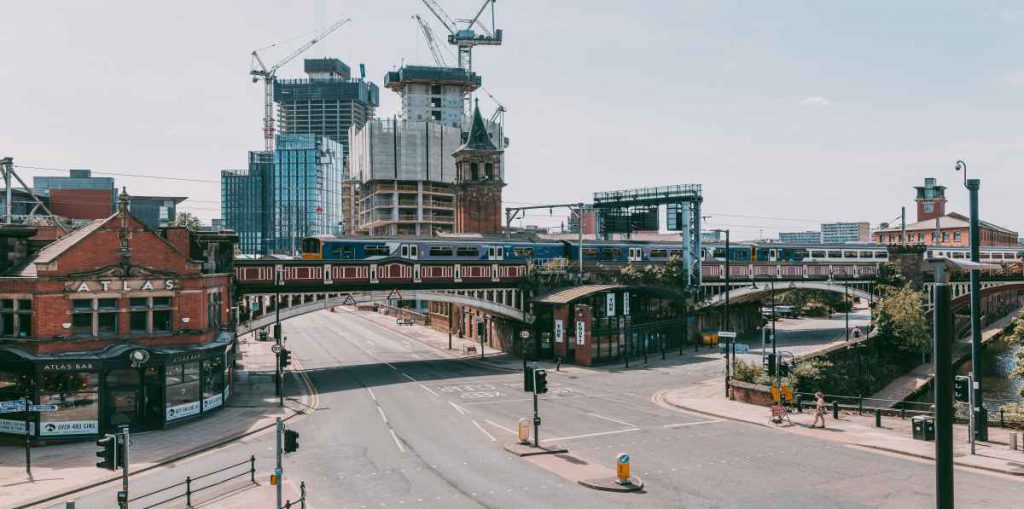
Be sure to take in Manchester Cathedral – architecturally impressive it has stood in the middle of the city for over 600 years. However, while that might be its founding in its current form there is also the ‘Angel Stone’ embedded in one of the original walls, suggesting origins that date back to an early Saxon church built around 700.
Just nearby Manchester Cathedral is Shambles Square. This popular section of the city takes you back in time as you sit in the company of surviving Tudor buildings. There are quality pubs and restaurants to enjoy and it makes for a perfect lunch break when the sun is shining. Even better you can also pop into the Football Museum nearby to learn all about the city’s attachment to the great game and its beginnings.